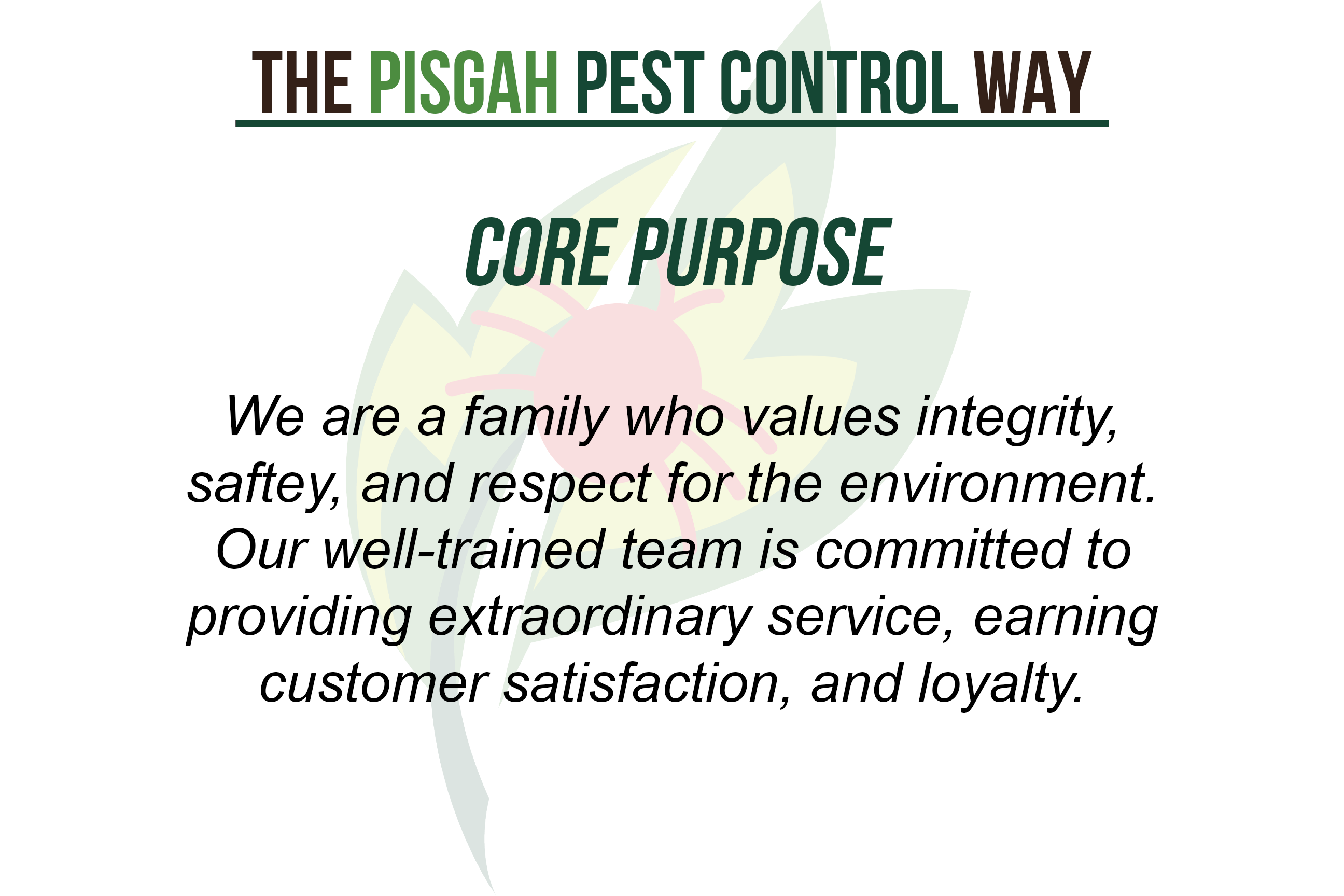The Basic Principles Of Pestwise
The Basic Principles Of Pestwise
Blog Article
Some Known Details About Pestwise
Table of ContentsThe Buzz on PestwiseFacts About Pestwise RevealedRumored Buzz on PestwiseNot known Details About Pestwise The Buzz on PestwisePestwise for BeginnersPestwise Things To Know Before You Buy

Q. Specify "integrated parasite administration" (IPM) and list several possible control strategies that may be made use of in an IPM technique. A. Integrated insect management is the integrating of appropriate parasite control strategies right into a single strategy to reduce parasites and their damage to an appropriate level. Bug control techniques might include: host resistance, organic control, cultural control, mechanical control, hygiene, and chemical (pesticide) control.
Pestwise - An Overview
What can you do to keep the bugs you are attempting to control from ending up being immune to the chemicals you use? A. Bug resistance can be lowered by utilizing integrated bug monitoring and rotating the types of pesticides utilized.
Insects are a crucial threat to the farming service, and incorporated parasite management helps cultivators address and alleviate these dangers. Integrated parasite monitoring utilizes several methods in complex, hence being an extra effective solution to the issue. Bed Bug Treatment. In certain, eliminating aggressive chemical approaches permits for decreasing harm to people and the atmosphere by utilizing natural and much safer alternatives instead
Getting The Pestwise To Work
The objective of incorporated insect management is to decrease this damage and control acceptable infestation levels as opposed to get rid of all undesirable populations. This is why it is very important to understand what actions are warranted in each case and usage aggressive ones just when other incorporated administration techniques do not function. Integrated administration mitigates the unfavorable consequences of a non-IPM strategy, and the main advantages of IPM Advantages of IPM.
A proper understanding of the invasion scope establishes if the issue needs to be dealt with. are the following elements of an IPM program due to the fact that it is very important to understand if the organisms make prospective risks and choose the integrated administration alternatives or the particular chemical use. mean to lower invasions by using different agronomic strategies.
A Biased View of Pestwise
if avoidance was ineffective. Integrated administration choices in an IPM program begin with much safer to much more hostile ones. As an example, target or program chemical splashing might follow hands-on removal or trapping that hasn't helped. The above-mentioned integrated administration elements assist recognize how to intend and implement an IPM program detailed: Display your plants on a regular basis.

To name a few, IPM cultural techniques consist of the complying with area monitoring strategies: dirt therapy; option of ideal plants; plant turning; interplanting or strip chopping; selection of growing days; weed control; usage of catch plants. Desirable dirt conditions accelerate plant growth, and energetic crops are extra resistant to problems. Bed Bug Treatment. In integrated insect management, soil testing helps recognize if the area is appropriate for the production of informative post this or that crop, and after that use the lacking nutrients to guarantee plant healthy development
Pestwise Fundamentals Explained
No-till methods help protect against dirt disintegration, contributing to lasting farming. Nevertheless, when tilling is necessary, it is advised to perform it in the be up to expose them to natural enemies and serious weather. Healthy and balanced seedlings and seeds predetermine effective crop growth, so it is very important to pick pest-free planting material with solid roots.
Therefore, to name a few applications, crop turning can be effectively used as an integrated insect monitoring method. Pests spread slower if rows of different plant kinds divide their host plants in intercropping or strip chopping, which is also used in the integrated insect monitoring system. Conversely, infestations enhance when plants of the exact same crop type or family expand together.
, as well as tomatoes. Growing catch plants in patches is an additional alternative for IPM intercropping. This integrated insect administration method recommends drawing in pests to specific plants and then controlling them with chemical or mechanical strategies.
What Does Pestwise Do?
Barriers are normal instances of physical IPM methods. Mature pests or their eggs and larvae are collected by hand and ruined.

Department of Plant Sciences. College of Missouri. Soil solarization is an efficient integrated monitoring technique to sanitize the area by warming it in a natural way. This incorporated management technique suggests an usual way of ruining bugs by predators, parasitoids, microorganisms, and other organic control representatives (also known as hostile organisms). The role of biological control in IPM is to.
Getting The Pestwise To Work
With time, their populace became a genuine problem to farmers alongside native kangaroos or dingoes. The walking stick toad is an additional instance showing integrated biological control failure hereof when it refused to quest the target types and became a pest itself. Parasitoids develop on or within their hosts to eventually kill them after developing.
Report this page